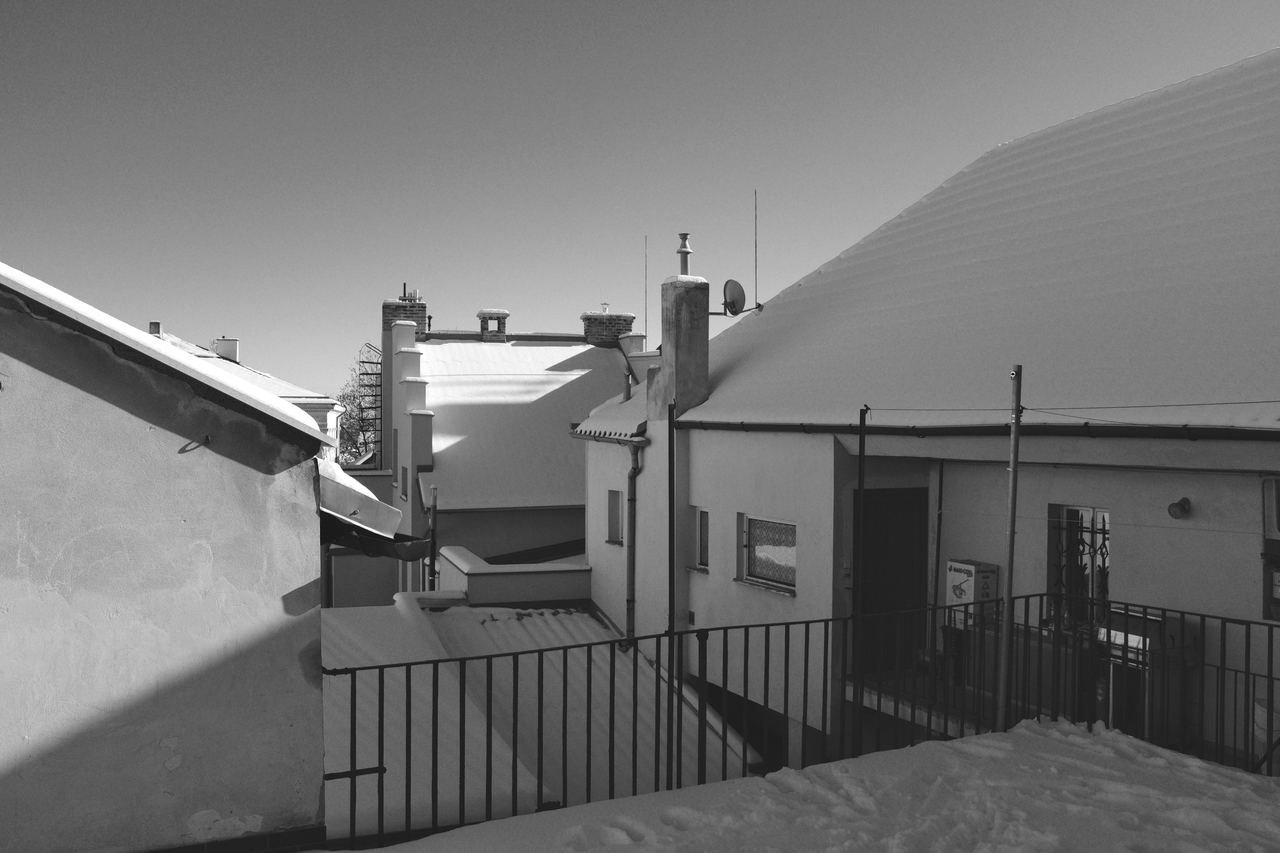ntz
No longer a newbie, moving up!
- Joined
- Oct 29, 2020
- Messages
- 716
- Reaction score
- 387
- Location
- Central Bohemian, Czech Republic
- Can others edit my Photos
- Photos OK to edit
Hello,
I have new camera (Fujifilm X100F) and can't resist to it ... I am just shooting B&W to JPGs using the film emulation .. I can't get out of RAWs the same results like film emulation does in-camera with JPGs .. I love it .. I love whole that idea about raw-less shooting .. anyway
please comment out edits on following two photos .. on first, there is just added exposure and lowered blacks a bit .. on second one are also lightened shadows a bit and more positive exposure added and blacks are lowered even more
I am trying to find a balance what looks good on internet on usual screens .. wort to say, that I am IT guy and I care for my eyes so I am on my all computers using a low-contrast paper-like profile so I would also like to know what you would suggest with that in mind because perhaps what I see on my screen differs a lot to what you see on your screens
#1 - slightly positive exposure correction and slightly negative blacks

42753 by ntz on ThePhotoForum: Film & Digital Photography Forum
#2 - more positive exposure, more negative blacks and also adjusted shadows to be lighter

42752 by ntz on ThePhotoForum: Film & Digital Photography Forum
ps. photos OK to edit
thanks much for your input .. I owe so much to this forum ..
regards, dan
I have new camera (Fujifilm X100F) and can't resist to it ... I am just shooting B&W to JPGs using the film emulation .. I can't get out of RAWs the same results like film emulation does in-camera with JPGs .. I love it .. I love whole that idea about raw-less shooting .. anyway
please comment out edits on following two photos .. on first, there is just added exposure and lowered blacks a bit .. on second one are also lightened shadows a bit and more positive exposure added and blacks are lowered even more
I am trying to find a balance what looks good on internet on usual screens .. wort to say, that I am IT guy and I care for my eyes so I am on my all computers using a low-contrast paper-like profile so I would also like to know what you would suggest with that in mind because perhaps what I see on my screen differs a lot to what you see on your screens
#1 - slightly positive exposure correction and slightly negative blacks

42753 by ntz on ThePhotoForum: Film & Digital Photography Forum
#2 - more positive exposure, more negative blacks and also adjusted shadows to be lighter

42752 by ntz on ThePhotoForum: Film & Digital Photography Forum
ps. photos OK to edit
thanks much for your input .. I owe so much to this forum ..
regards, dan




![[No title]](/data/xfmg/thumbnail/32/32696-92b490fbf42036986e97d5e60ff2b35e.jpg?1734162244)



![[No title]](/data/xfmg/thumbnail/31/31088-b509581dfd5e8b6b36c83266751654fc.jpg?1734159214)



